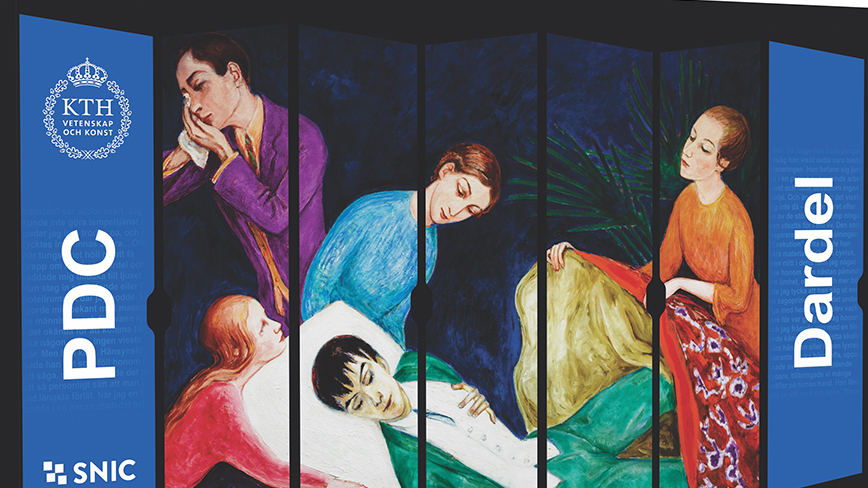Aurorae reveal Uranus’s true rotation – with unmatched precision

After more than a decade of observations using the Hubble Space Telescope, researchers have measured Uranus’s rotation period with unprecedented accuracy – using the planet’s own aurorae as a cosmic clock. The findings lay important groundwork for future planetary research.
Magnetic mystery opens new doors
Uranus is one of the least understood planets in our solar system. Its magnetic field is tilted and offset from the planet’s rotation axis, making the planet’s magnetosphere unusually complex – and hard to model. But it’s precisely this complexity that has now enabled researchers to determine, with high precision, how fast Uranus spins.
By tracking how the planet’s aurorae shift over time – light displays caused by charged particles colliding with the atmosphere near the magnetic poles – researchers could calculate the exact length of one Uranian day. The new result shows that a full rotation takes 17 hours, 14 minutes, and 52 seconds. That’s 28 seconds longer than the value estimated by NASA’s Voyager 2 flyby in 1986.
A stable reference for future studies
“We actually know less about Uranus than we do about Pluto, which is much smaller and farther away,” says Lorenz Roth, associated professor at division of space and plasma physics at KTH and part of the international Hubble team behind the discovery. “This result gives us a precise rotation rate – something we had lost – and that’s crucial to understanding how the planet and its magnetic environment behave.”
Unlike solid planets, the gas giants don’t rotate uniformly. Their outer layers – clouds and gases – spin at varying speeds. That’s why astronomers use magnetic fields as a fixed reference point. Knowing where the magnetic poles are, and where ‘zero longitude’ is, allows scientists to study deeper processes, such as how the magnetic field interacts with the surrounding space environment.
A stepping stone for future missions
The new data arrives at a timely moment. A Uranus orbiter has been named a top priority in the NASA’s Planetary Science and Astrobiology Decadal Survey – a roadmap for future space exploration. The mission could launch in the early 2030s.
“This long-term dataset from Hubble gives us a solid foundation for such a mission,” says Roth. “We can now better plan for instruments, observations, and models – all thanks to the aurorae of this mysterious planet.”
Published reference:
“Uranus’s Auroral Brightness Reveals the Planet’s Rotation Rate”, Nature Astronomy, doi: 10.1038/s41550-024-02244-4
Text: Malin Persson Mörk
Related news

Aurorae reveal Uranus’s true rotation – with unmatched precision
After more than a decade of observations using the Hubble Space Telescope, researchers have measured Uranus’s rotation period with unprecedented accuracy – using the planet’s own aurorae as a cosmic c...
Read the article
The students' report on Starlink has been downloaded over 7500 times
How is satellite-based internet affected by rain and time of day? KTH students Emil Fredriksson and Céline Careau investigated this in their thesis - and they got it right. Their report has now been d...
Read the article
KTH's new supercomputer is the fastest in Sweden
KTH's new supercomputer Dardel is the fastest in Sweden, according to TOP500, which lists the world’s 500 fastest computer facilities. The supercomputer also ranks fifth among the most sustainable,acc...
Read the article